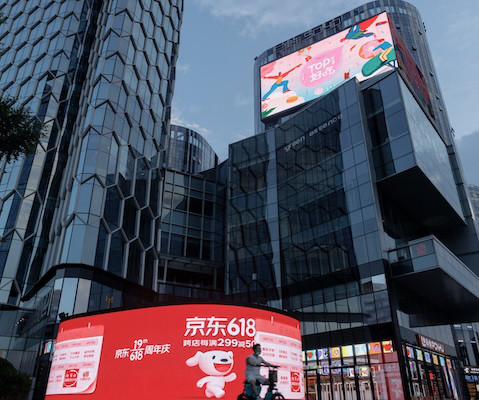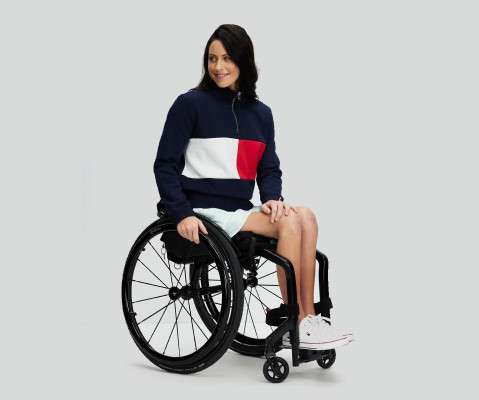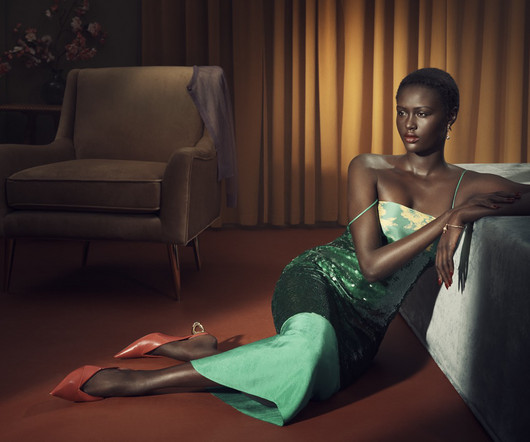A Surprising Niche: Retail Figures on Certain Kiddie Industries is Sky High
Retail Focus
DECEMBER 16, 2024
If you have three children and the UK has over 68 million people in their population, you do the math for this retail market. There are a few retail industries that are doing especially well in the kiddie market and this article aims to shed light on them. The same goes for kids. The reason for this?














Let's personalize your content